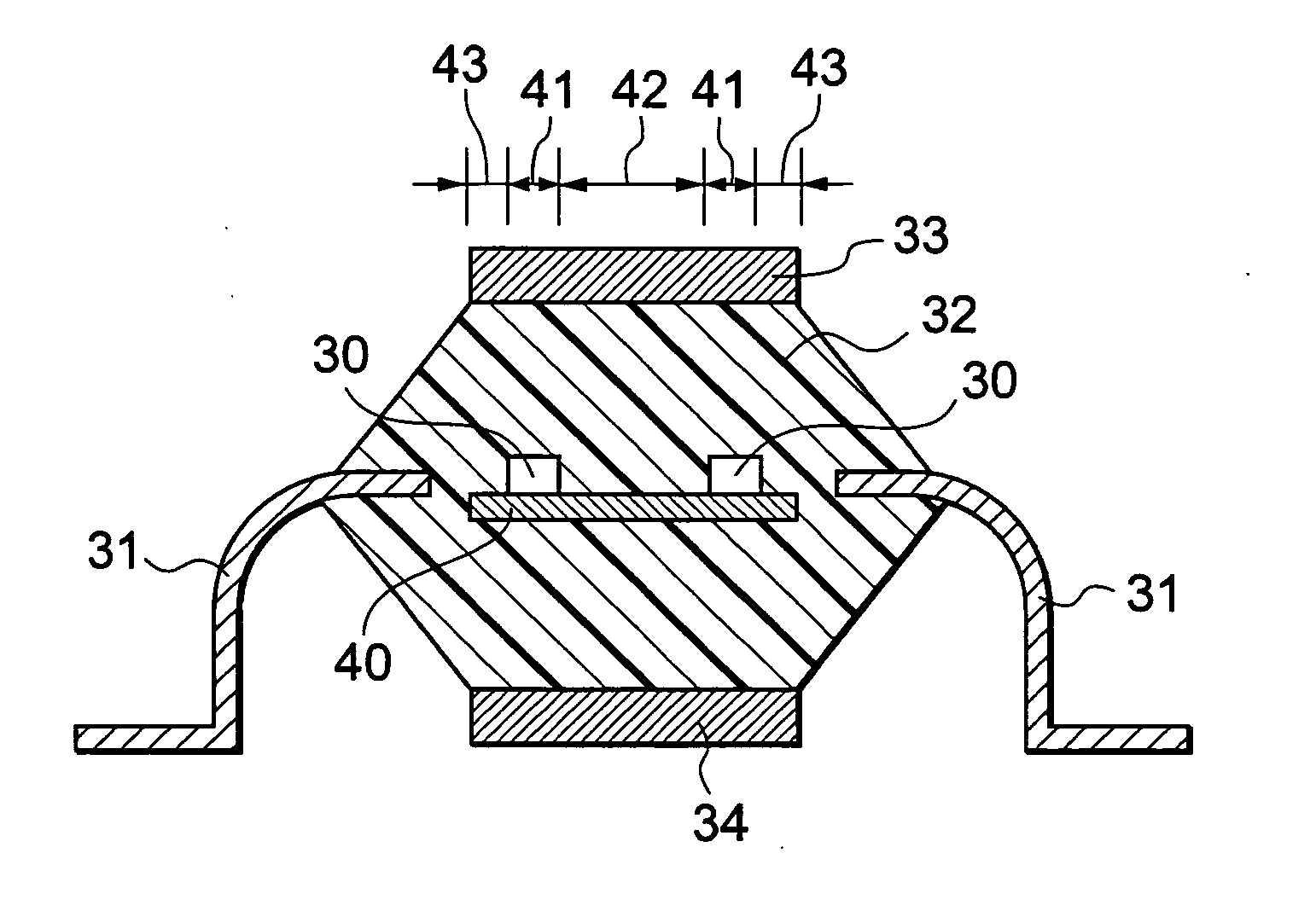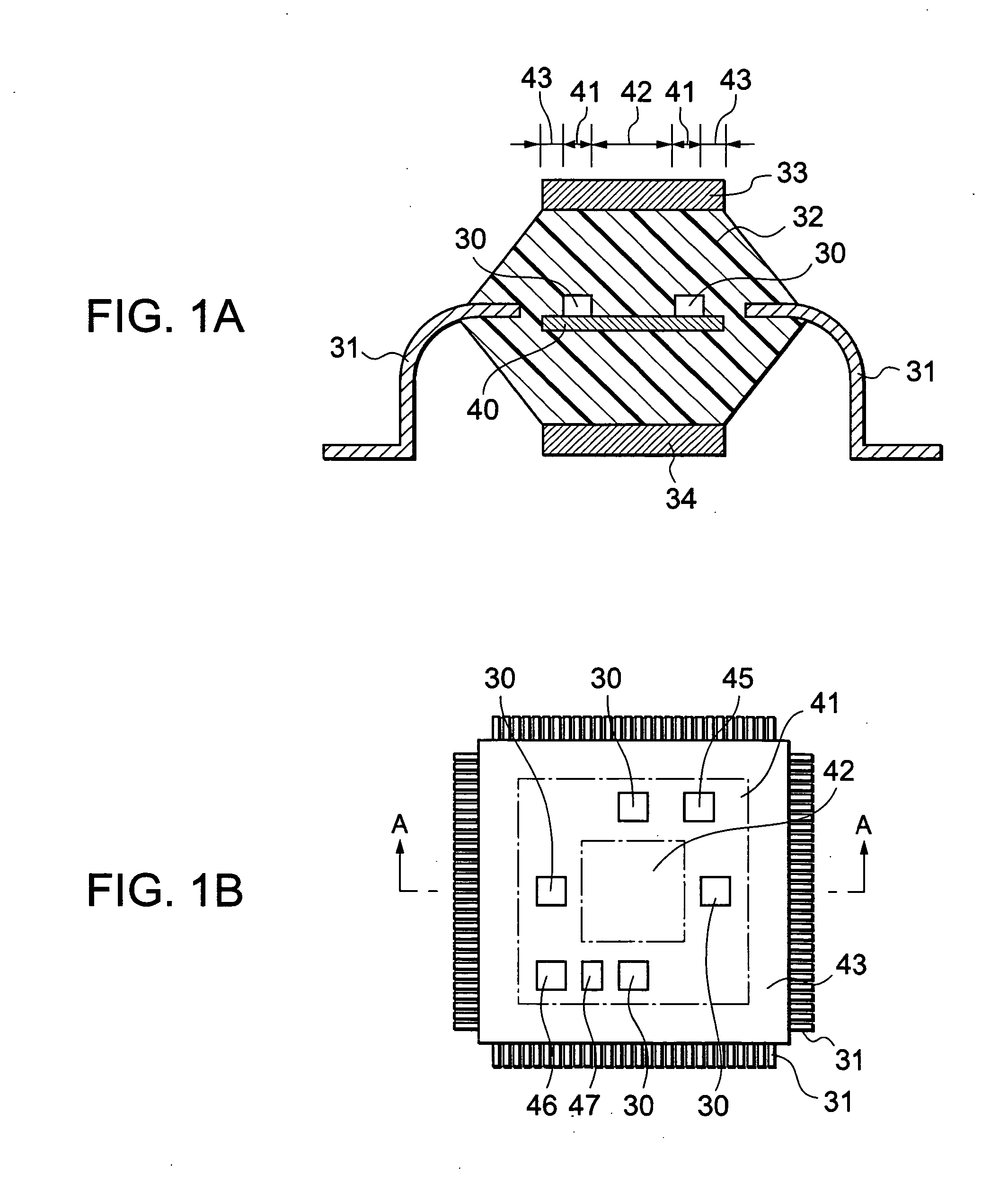Magnetic memory device
- Summary
- Abstract
- Description
- Claims
- Application Information
AI Technical Summary
Benefits of technology
Problems solved by technology
Method used
Image
Examples
Embodiment Construction
[0053] In a magnetic memory according to the preferred embodiment of the invention, when a length from one side of a magnetic shield layer to an opposed side thereof is assumed to be L, it is desirable for memory elements to be disposed in a region between a position at 0.1 L inward from the above-mentioned one side and a position at 0.15 L outward from the center of the magnetic shield layer toward the above-mentioned one side thereof, in consideration that an adverse effect by an internal leakage magnetic field can be easily avoided by the arrangement described above.
[0054] In this case, assuming that the magnetic shield layer is provided on both sides (top and bottom) of the memory element respectively, and that a distance between these magnetic shield layers, a length from the aforementioned one side of the magnetic shield layer to the opposed side thereof, and an external magnetic field to be applied are constant respectively, it is desirable for the aforementioned memory elem...
PUM
 Login to View More
Login to View More Abstract
Description
Claims
Application Information
 Login to View More
Login to View More - Generate Ideas
- Intellectual Property
- Life Sciences
- Materials
- Tech Scout
- Unparalleled Data Quality
- Higher Quality Content
- 60% Fewer Hallucinations
Browse by: Latest US Patents, China's latest patents, Technical Efficacy Thesaurus, Application Domain, Technology Topic, Popular Technical Reports.
© 2025 PatSnap. All rights reserved.Legal|Privacy policy|Modern Slavery Act Transparency Statement|Sitemap|About US| Contact US: help@patsnap.com



